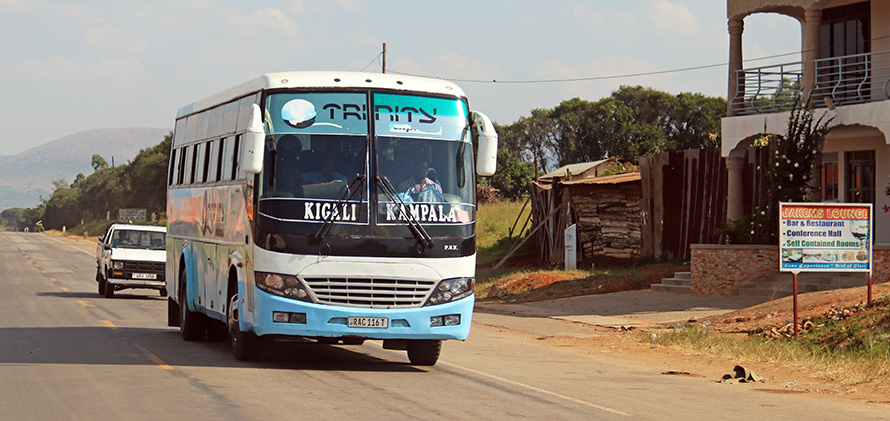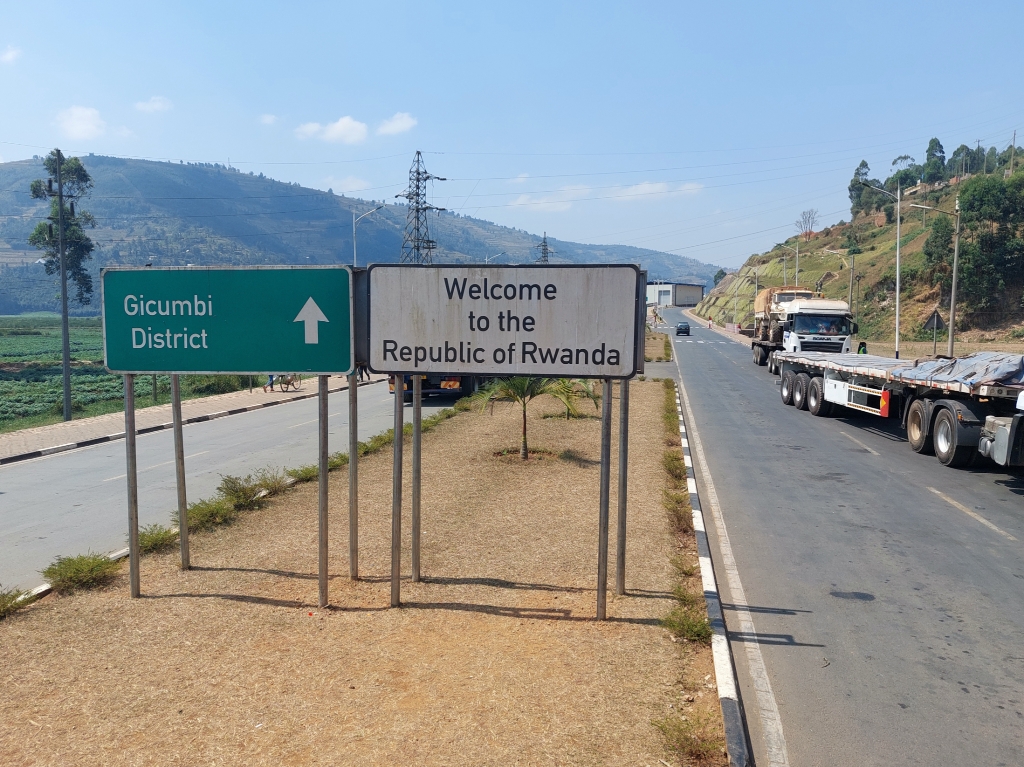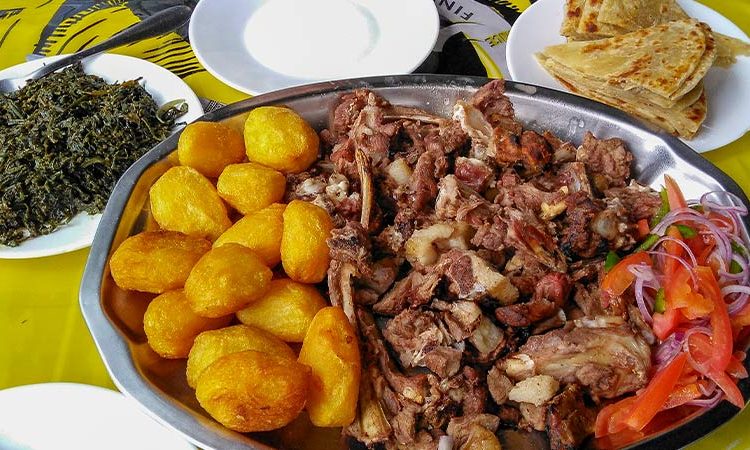- GET IN TOUCH WITH US:
- +256 753518160
- +256 777842166
- info@experiyatourcompany.com

Is Kampala traffic as bad as people say?
November 10, 2025
What are the best luxury lodges in Uganda?
November 10, 2025What’s the best way to travel from Uganda to Rwanda?

What’s the Best Way to Travel from Uganda to Rwanda?
Traveling between Uganda and Rwanda is one of the most scenic and rewarding journeys in East Africa. The two countries share more than just a border—they share culture, history, wildlife, and the captivating landscapes of the Great Lakes region. For travelers eager to experience both gorilla kingdoms in a single trip, understanding the best way to move between Uganda and Rwanda is key to a smooth and enriching adventure. Whether you’re starting your journey from Kampala or Entebbe in Uganda or heading south to Kigali in Rwanda, the routes are as diverse as the experiences they promise.
Understanding the Uganda–Rwanda Connection
Uganda and Rwanda sit side by side, separated by a border that winds through lush highlands, national parks, and rolling hills. The main crossing points—Gatuna (Katuna on the Ugandan side) and Cyanika—are the most frequently used routes by both locals and tourists. Gatuna connects Kigali with Kabale and Kampala, while Cyanika connects Ruhengeri (Musanze) with Kisoro, making it the preferred route for travelers visiting the gorilla parks on either side.
Both countries are part of the East African Community (EAC), which means border procedures are relatively straightforward for travelers with the correct visas or regional passes. Many visitors prefer to combine the two nations in a single itinerary—trekking gorillas in Bwindi Impenetrable National Park or Mgahinga in Uganda and then crossing to Volcanoes National Park in Rwanda for more primate adventures or relaxation in Kigali’s charming city atmosphere.
Traveling by Road: The Most Popular and Scenic Option
For most travelers, the best and most memorable way to travel from Uganda to Rwanda is by road. The distance between Kampala and Kigali is approximately 500 kilometers, and the drive takes between eight to ten hours depending on traffic, road conditions, and border processing time. It’s a long journey, but one filled with stunning scenery—from lush banana plantations to misty mountain views and lively roadside markets.
If you’re starting from Kampala or Entebbe, the drive heads southwest through Masaka, Mbarara, and Kabale before approaching the Gatuna border. From there, it’s just about 80 kilometers to Kigali. Alternatively, travelers visiting southwestern Uganda (for gorilla trekking in Bwindi or Mgahinga) can take the shorter route via Kisoro and cross at Cyanika. This path is incredibly beautiful, cutting through the highlands where Uganda meets the Virunga volcanic chain.
The Cyanika route is especially convenient for travelers who plan to trek gorillas in Mgahinga Gorilla National Park and then continue to Volcanoes National Park in Rwanda, since the two parks are only about 30 kilometers apart. The border crossing here is usually faster and less crowded compared to Gatuna, making it ideal for safari travelers.
Traveling by Private Vehicle
Hiring a private safari vehicle is by far the most comfortable and flexible way to travel between the two countries. With a reputable tour company like Experiya Tour Company, you can expect an air-conditioned 4×4 vehicle, professional driver-guide, and well-planned stops along the way. This option allows you to move at your own pace, take scenic breaks for photos, and visit landmarks or viewpoints en route.
Private transfers also make border crossings effortless. Your guide assists with paperwork, ensures compliance with customs regulations, and helps you manage luggage and travel documents. The flexibility of private transport is especially valuable for travelers on safari itineraries who may be moving between lodges or national parks along the way.
Public Transport Options
For budget travelers, public buses and shared taxis operate daily between Uganda and Rwanda. Several companies such as Jaguar Executive Coaches, Modern Coast, and Trinity offer bus services from Kampala to Kigali. These buses are affordable, relatively comfortable, and usually depart in the early morning or late evening.
While buses provide a cheaper alternative, they lack flexibility. Stops are fixed, travel times can be unpredictable, and border delays can stretch the journey longer than expected. Nevertheless, for travelers who enjoy mingling with locals and soaking up everyday East African life, it can be a memorable experience.
It’s important to note that you’ll still need to carry your passport, visa, and sometimes proof of yellow fever vaccination, which are checked at the border posts. Most buses stop at either Gatuna or Cyanika, depending on the company’s route.
Flying from Uganda to Rwanda
If time is limited or comfort is a top priority, flying is the fastest and easiest way to travel between Uganda and Rwanda. RwandAir operates regular flights between Entebbe International Airport (EBB) and Kigali International Airport (KGL), with a flight time of just about one hour. Uganda Airlines also offers direct connections between the two capitals.
Flying is ideal for travelers who prefer to save time or for those starting a safari in one country and connecting quickly to the next. It’s also convenient for business travelers or visitors with tight schedules who want to avoid the long drive. The cost of one-way flights typically ranges between USD 150 and USD 250, depending on the season and airline.
Though air travel saves time, it lacks the scenic experience of crossing the countryside by road. Many travelers choose a combination—flying one way and driving the other—to enjoy both convenience and the adventure of East Africa’s landscapes.
The Border Crossings Explained
There are two main border posts between Uganda and Rwanda that are most commonly used by travelers:
Gatuna (Katuna) – This is the busiest crossing point, connecting Kigali to Kabale and onward to Kampala. It has well-established facilities and is favored by long-distance buses and private vehicles traveling between the capitals. The border is open from morning until evening, and procedures are generally straightforward. However, expect some waiting time during busy hours.
Cyanika – Located near Kisoro and Ruhengeri, Cyanika is the scenic, less crowded crossing used primarily by tourists moving between gorilla trekking destinations. The border is efficient and typically takes less time to clear. It’s ideal for travelers linking Bwindi, Mgahinga, and Volcanoes National Park.
Before traveling, ensure you have the correct visa. For tourists visiting both countries, the East Africa Tourist Visa is the most convenient option—it allows multiple entries into Uganda, Rwanda, and Kenya for up to 90 days. This visa can be obtained online or at entry points in either country.
Scenic Highlights Along the Way
Traveling overland between Uganda and Rwanda offers more than just transit—it’s a visual journey through some of the most breathtaking terrain in Africa. The southwestern region of Uganda, known for its terraced hills and crater lakes, is a photographer’s paradise. As you approach Kabale and Kisoro, the views of the Virunga Volcanoes—Sabinyo, Muhabura, and Gahinga—create unforgettable panoramas.
You can also stop at Lake Bunyonyi, one of Uganda’s most peaceful and beautiful lakes, surrounded by rolling green hills. Many travelers choose to spend a night here before continuing to Rwanda. On the Rwandan side, the road from Cyanika to Musanze winds through pristine landscapes dotted with farms and villages, eventually opening up to views of the majestic Volcanoes National Park.
Essential Travel Tips
Before setting out, make sure your travel documents are in order. Carry your passport with a valid visa, proof of yellow fever vaccination, and small denominations of cash in both Ugandan shillings and Rwandan francs for minor purchases or tips at the border.
Plan your departure times carefully—leave early in the day to allow enough time for travel and border procedures. It’s also wise to confirm your accommodation and transport arrangements in advance, especially if you plan to cross late in the day.
Travelers who choose the road option should ensure their vehicle is in good condition, with proper insurance and cross-border permits. If you book through a professional tour operator like Experiya Tour Company, these logistics are handled seamlessly for you.
The Best Way Overall
While both air and road travel are viable, most travelers agree that the road journey offers the richest experience. The landscapes, encounters with local people, and flexibility to explore hidden gems along the route make it more than just transportation—it’s part of the adventure. For comfort, safety, and local insight, traveling with an experienced guide in a private safari vehicle remains the best choice.
Travel Smoothly with Experiya Tour Company
When planning your trip between Uganda and Rwanda, having a reliable partner makes all the difference. Experiya Tour Company specializes in cross-border safaris and transfers, offering travelers a seamless experience from start to finish. Their professional guides know every corner of the route, the best times to travel, and the most scenic stops along the way.
Whether you want a direct transfer from Kampala to Kigali, a scenic detour through Lake Bunyonyi, or a customized safari that includes gorilla trekking in both countries, Experiya handles every detail. They take care of your border documentation, ensure safe and comfortable transport, and enrich your journey with local insights that only experienced professionals can provide.
With Experiya Tour Company, traveling between Uganda and Rwanda becomes more than a connection—it becomes part of your story, blending adventure, culture, and comfort in one unforgettable experience.



